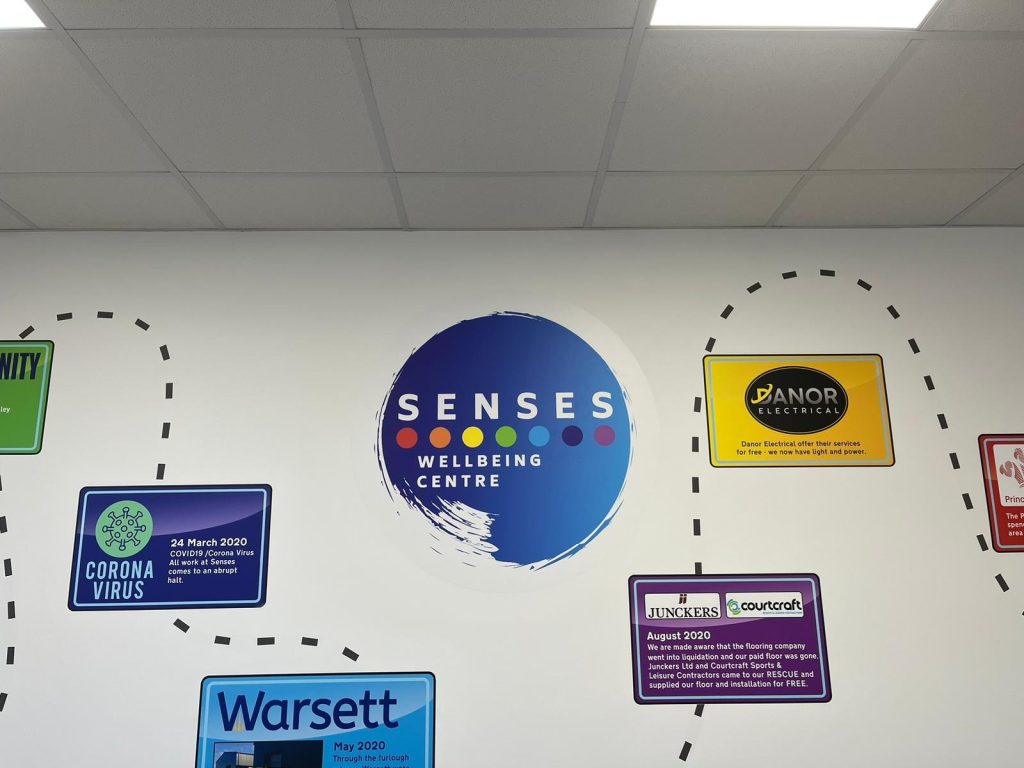First Steps into a Workshop
We are working with a group at Senses in Skelton. Karen Winspear is an almighty energy, charming, highly organised, charismatic and absolutely passionate about health and wellbeing. The centre was started with a grant, then the pandemic struck and through it all, Karen has made a bright, beautiful and welcoming space for communities to gather, keep fit and connect.

During our first week, we explored the haibun which is a combination of a descriptive paragraph of prose followed by a haiku. This combination is said to be among the earliest examples of travel writing in world literature. It’s also one of the many ways Basho became legend.

For contemporary poets, there is a growing fashion to write lyric essays – essays that incorporate both the dispassionately factual, the ambiguous and the autobiographical – a kind of modern homage to the stream of consciousness writing of the early 20th Century. There is also something deeply appealing about flexing the genres between poetry and prose in order to create a formally inventive crucible for prose that is doing a more linear – by which I mean descriptive and literal – job than might be the case in a poem. The haibun has grown in popularity as a result, for its diaristic, “thinking out loud” quality.
For some people in the group, it was easier to have a chat than to set pen to paper. I took down notes as I spoke to Ernie about his life. He told me about being the second oldest brother, a position that meant he was often the second into the bath in the evening too. I remember from my own life, growing up in the 80s and waiting by the open door to be substituted into the bath. In particular, squeezing the sponge and the fact of the cold water of my brother dribbling down my wrist to my elbows. Ernie also talked about the dust cart coming up the lane to take the rubbish away. In those days, he said, there were no cars in Skelton (a common theme to conversations).

Battling barefoot through a jungle to the outhouse (what some call a netty), using newspaper on a bit of string instead of loo roll was also something the group had in common too. The worst case scenario would be the two combined – the possibility of having to respond to a call of nature and the dust cart driver spotting you from the road! This was likely exacerbated by that exaggerated fear that you have as a kid of every adult being a surveillant of your life.
Ernie and his family would take trips to the beach and he spoke eloquently about enjoying a proper jam sandwich. Once he finished speaking, I used my notes to make the following poem which traces his thoughts. I opted for three line verses, because, very broadly, this form works nicely for a Dante-style journey full of twists and turns and ups and downs…
Saturdays I Found
for Ernie
Saturdays I found the knit of the woods
down Saltburn bank, plucking my feet from
the mud-sunk sand, hair stuck to my head
from the night before, the night after
being second in the bath, that secondhand water,
finding in the ridges of the tin the soft coin
of the soap, a boat, a paddle steamer turning
in the ribbon of North Sea, the Amazon, Forties,
Dogger, Tyne, I tried – though I knew
– to sit my shoes not so close to the melt
of the coal fire. Then a surreal dream,
now the sea itself, the wash to come.
Mornings I barrelled my way through thistles
to the stone calendar of the half-tiled outhouse,
pulled a squat and hoped the dust cart’s
horses had their blinders on, hitching
the newspaper over my face, the noises
of kittiwakes filling the cliffs.
Later, clambering down the bank
all over again, like opening time,
like Easter, our hair rising
as rolodexes in the wind, the dolls’
houses of the cliff lifts sliding down,
exchanging each other’s waves,
four of us, jam sandwiches oozing
to the crust, the headland, the pier,
the trickle of walkers in their
red-brown duffels marking the climb,
like the dots on a map of a bridal path,
helping each other up
to the step of the Cleveland Way.
